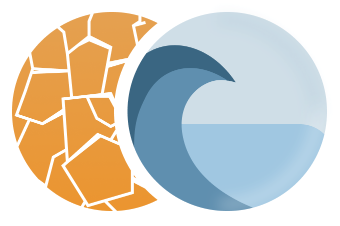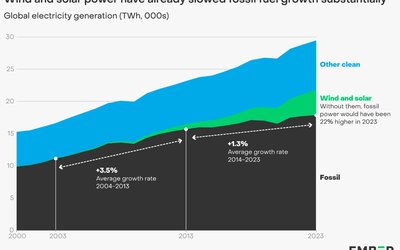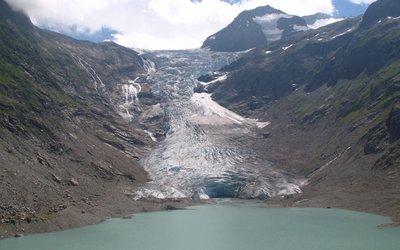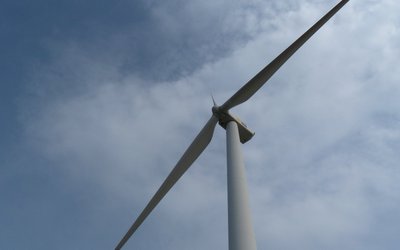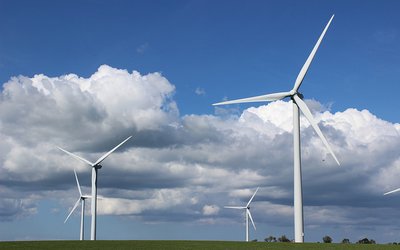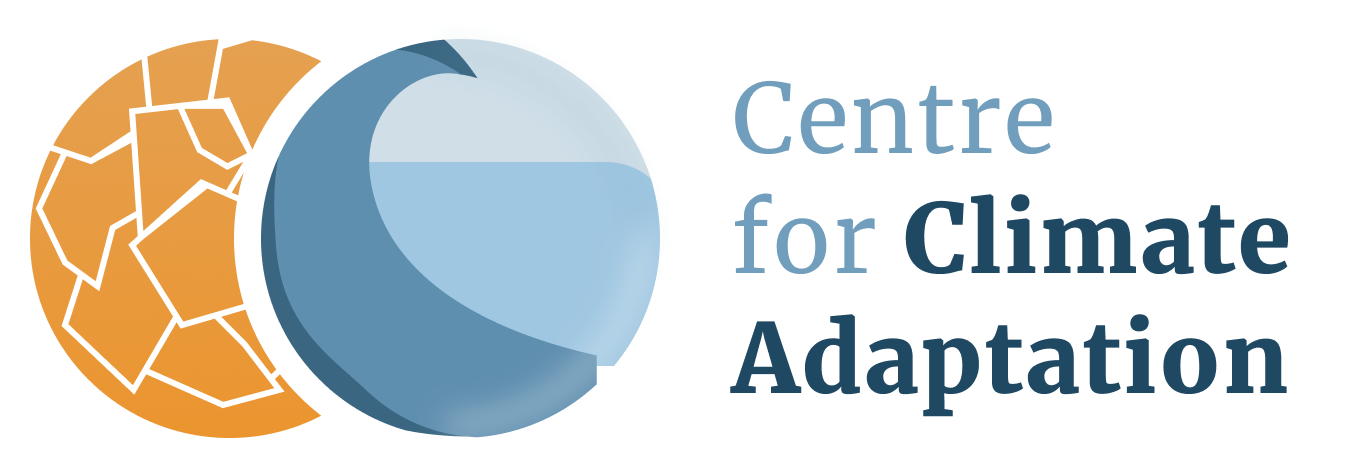In northern Europe, climate change can be good for both hydropower and biodiversity
December 28, 2024
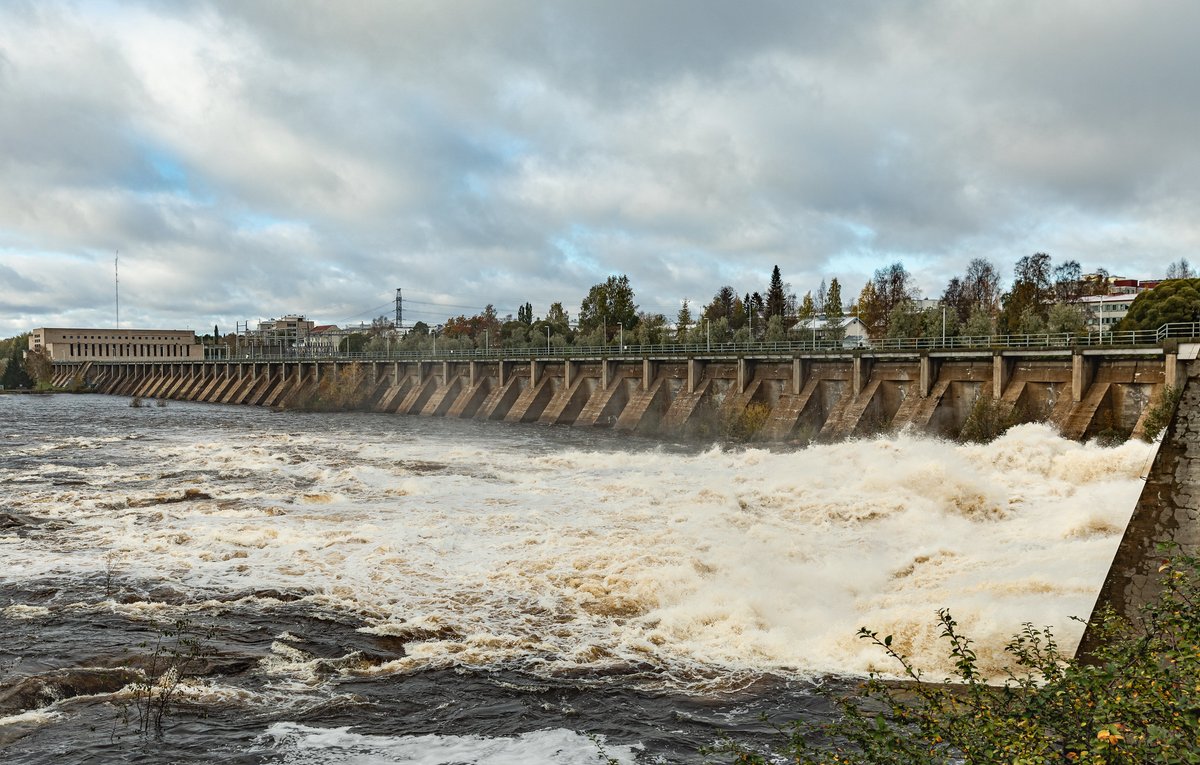
Photo: Hydropower plant in northern Finland (source: Ninara, www.flickr.com)
Hydropower plays an important role in our transition to clean energy. However, the downside of this energy source is that the discharge dynamics and thus the biodiversity of rivers is damaged. In northern Europe, climate change can be beneficial for both electricity production and biodiversity.
A study for a river catchment in northern Sweden shows that – with current hydropower operational rules – electricity production will increase here because of increased magnitude and changed timing of runoff. At the same time, climate change increases the risk for losses in biodiversity and ecosystem functions in these regulated rivers due to the combined stress of hydropower production and climate change. The introduction of environmental flow measures offers the opportunity to mitigate negative effects on these ecosystems. Environmental flow is defined as ‘the quantity, quality, and temporal pattern of water flows required to sustain riverine ecosystems and the ecosystem services they provide’. In practice this means that minimal runoff is discharged through a dam at the expense of electricity production. The environmental benefits are considerable compared with the relatively small loss in electricity production.
The study shows that climate change in this river system can be a win-win-situation for both electricity production and biodiversity. Mean annual runoff in this river system is projected to increase to such an extent that the production of renewable electricity can increase while introducing environmental flow conditions to rehabilitate ecosystems and mitigate climate change effects on biodiversity.
Source: Widén et al., 2024. Science of the Total Environment 955, 176622.
